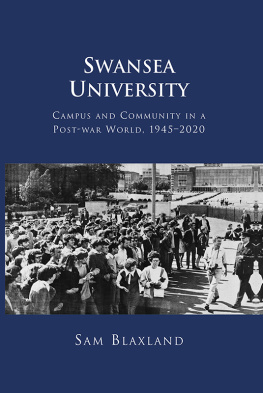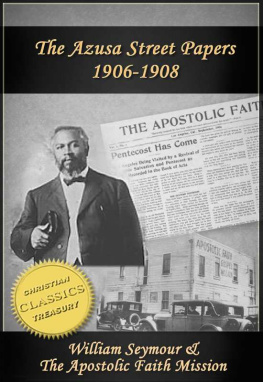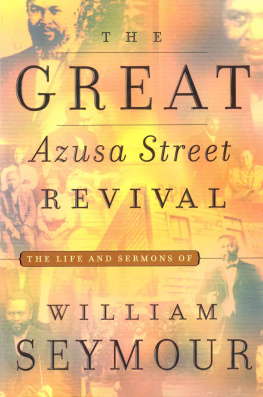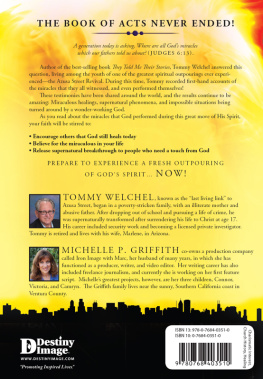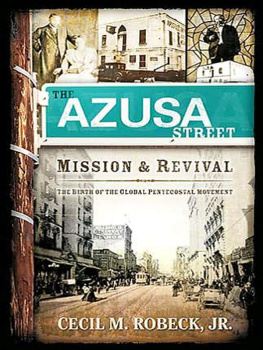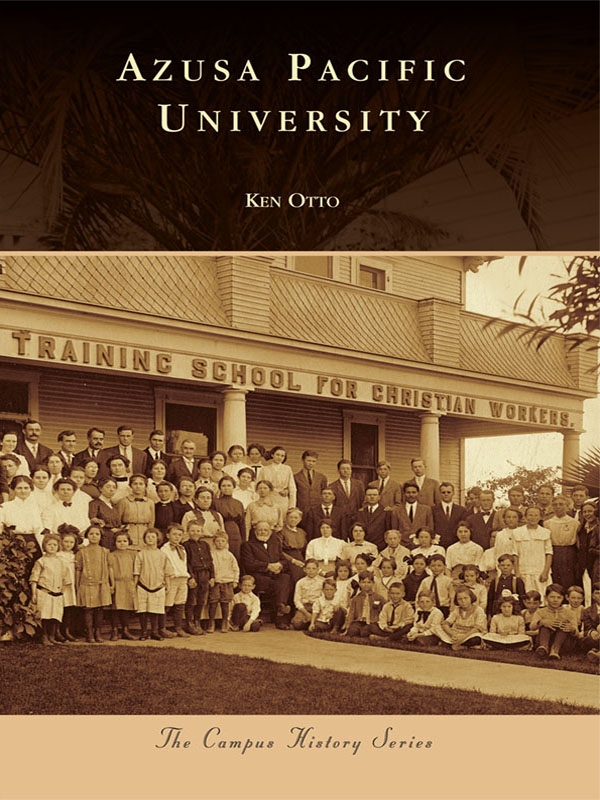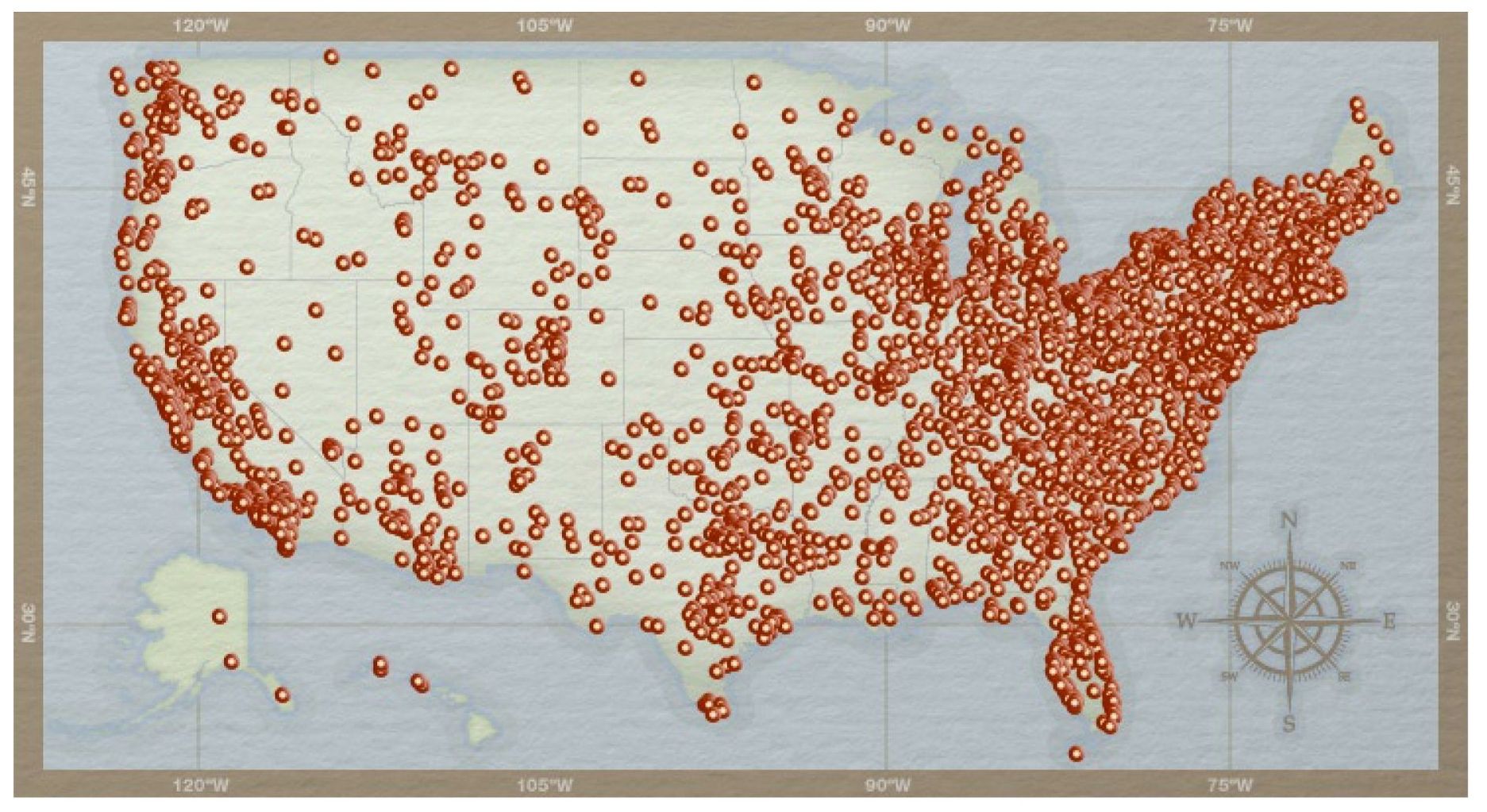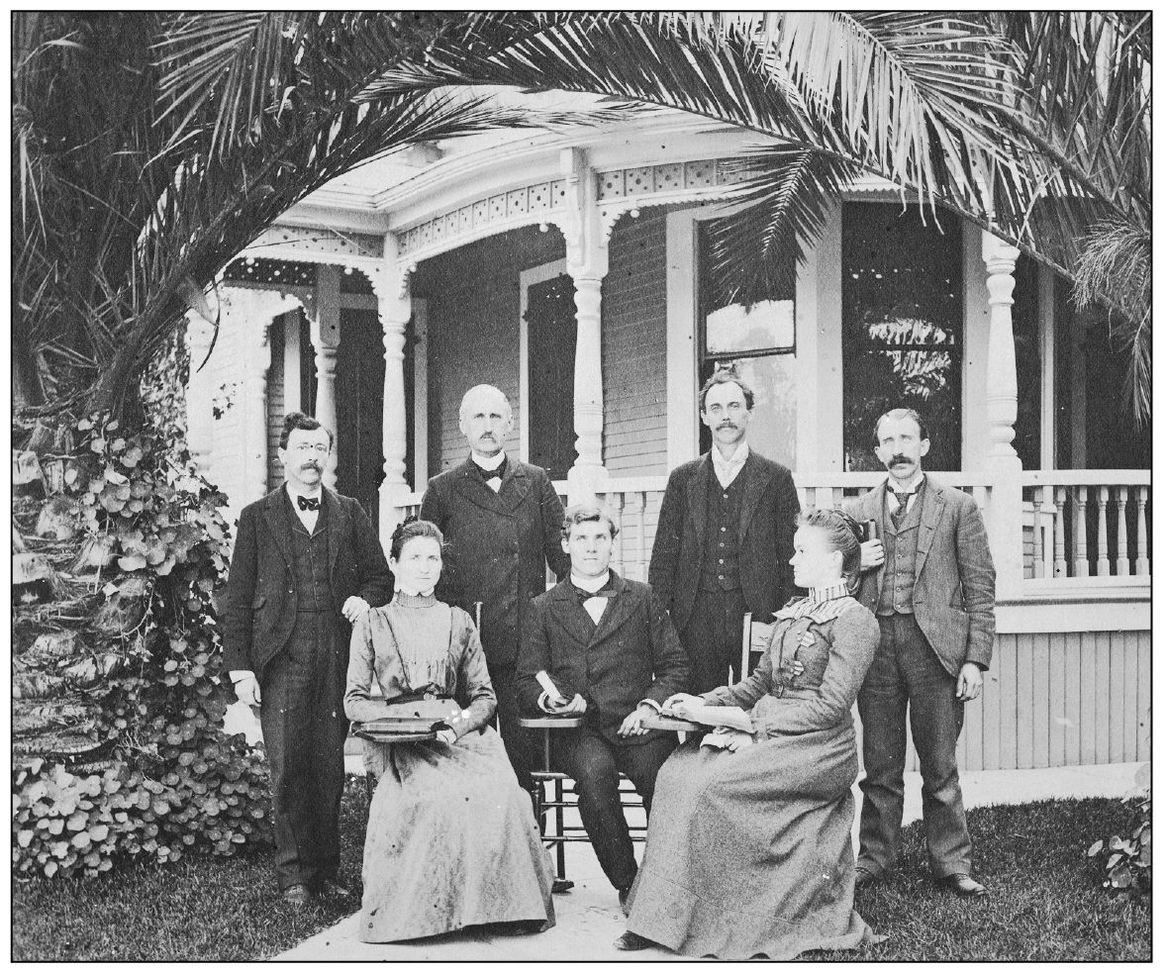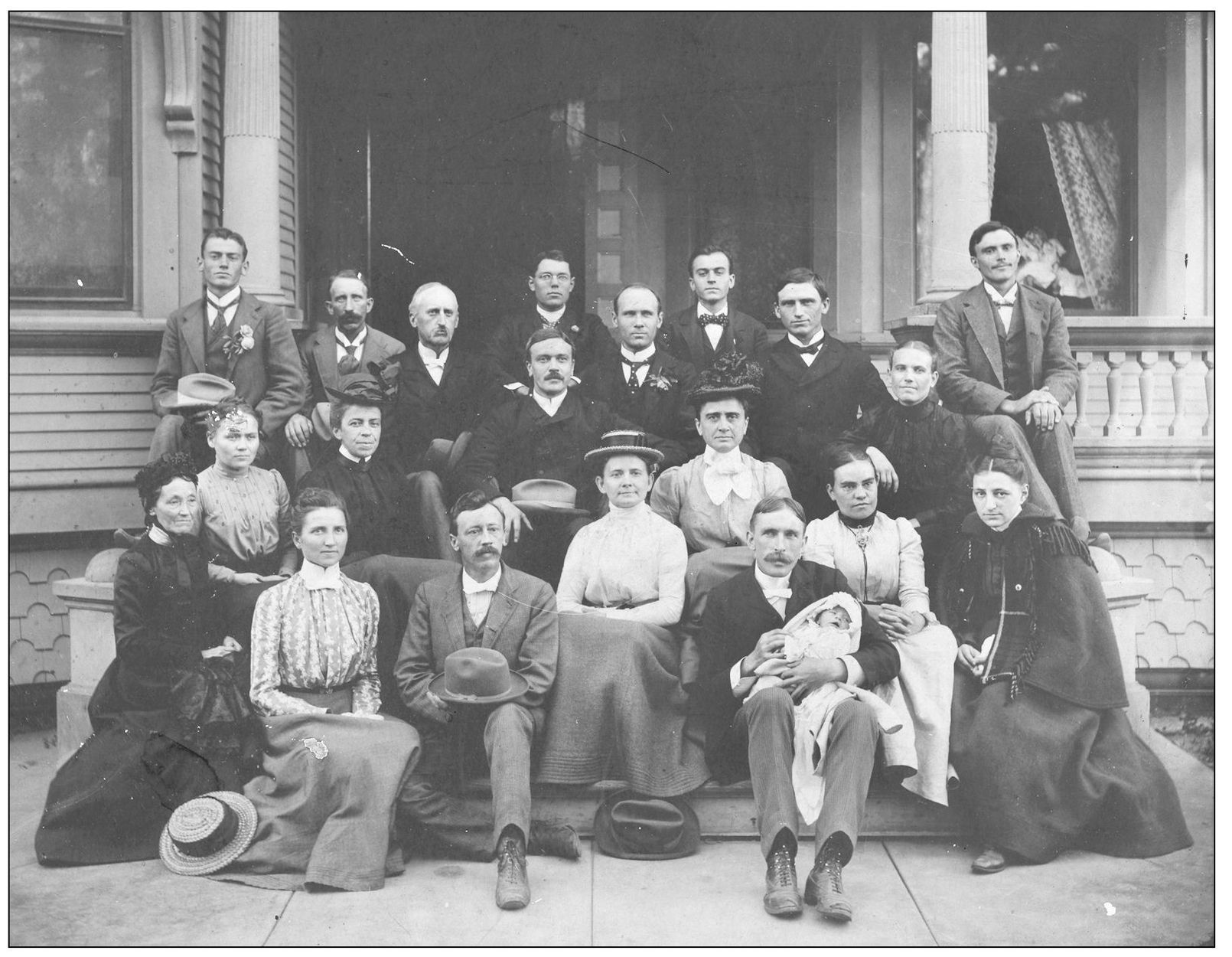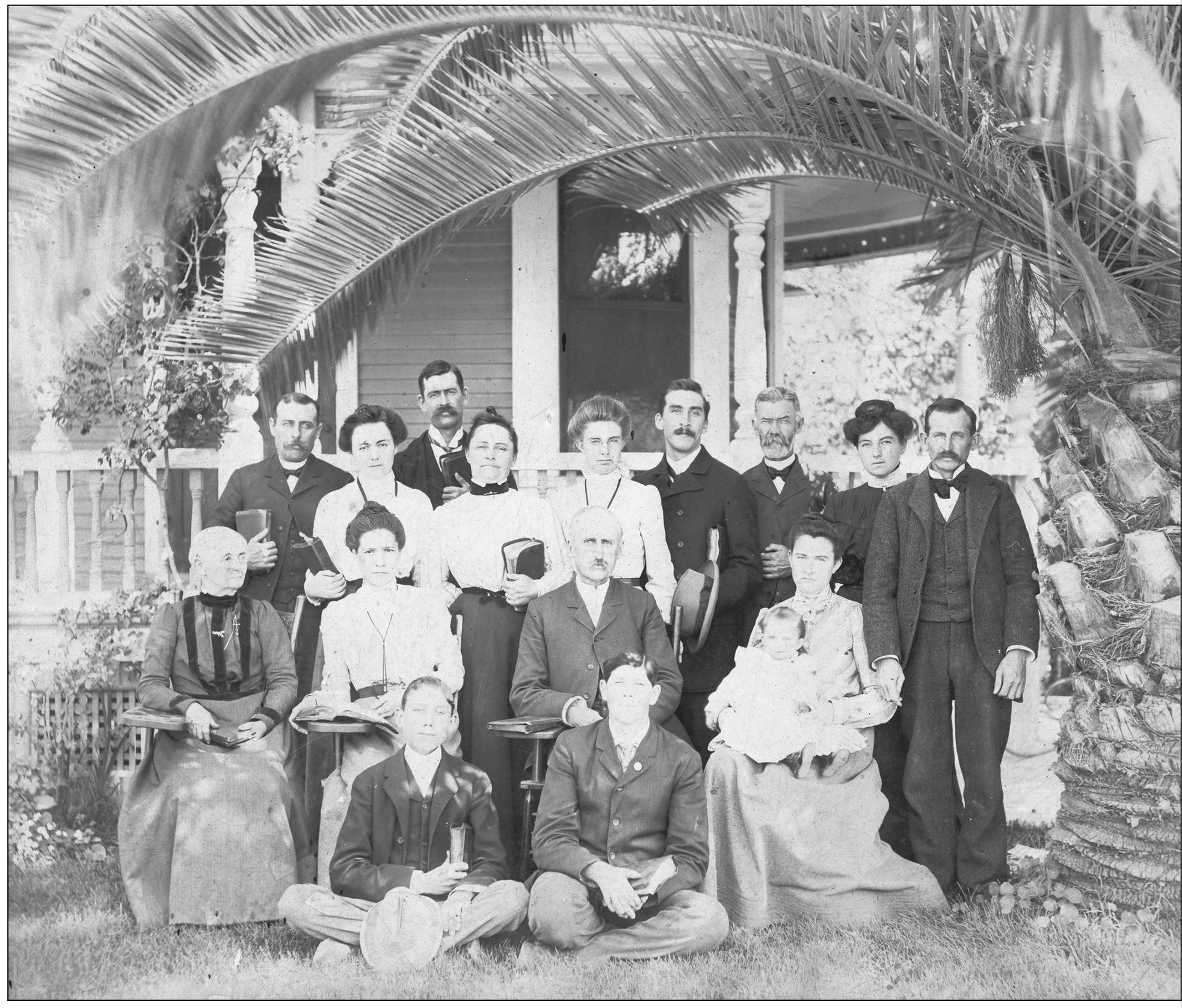For her encouragement, I owe my wife, Mary Lee, a debt of gratitude. The librarians, staff, and student workers of the Azusa Pacific University Libraries gave their support, specifically Paul Gray and Elesha Keen. Don Grant and Hank Bode verified and validated historical perspectives. Marvin McKissick read through the manuscript for music, Gary Pine for athletics, and Tamsen Murray for grammar. In addition, Fred Shackleton and Marsha Fowler offered assistance. Likewise, a debt of thanks is owed to Pres. Jon Wallace.
Unless otherwise attributed, all images are from the University Archives in the Darling Library.
BIBLIOGRAPHY
APU Life . Azusa, CA: Azusa Pacific University, 1987present.
Archival materials from the University Archives: board of trustees minutes, 1899present; catalogs, 1900present; commencement files, 1900present; dedication files, 1948present; Dinner Rally files, 1949present; presidents annual reports, 1900present.
Azusa College Herald . Azusa, CA: Azusa College, 19571965.
Bulletin of the Pacific Bible College of Huntington Park . Huntington Park, CA: Pacific Bible College, 19391945.
Bulletin of the Training School for Christian Workers . Huntington Park, CA: Training School for Christian Workers, 19101938.
Campus : A Newsletter for Faculty and Staff of Azusa Pacific College . Azusa, CA: Azusa Pacific College, Office of Public Information, 19771982.
Clause . Azusa, CA: Azusa Pacific College, 1966present.
Inter-Scepter . Azusa, CA: Pacific Bible College, 19511964.
Jackson, Sheldon. Azusa Pacific University: One Hundred Years of Christian Service and Scholarship, 18991999 . Azusa, CA: Azusa Pacific University, c. 1999.
Messenger . Azusa, CA: Azusa Pacific College, 19661973.
PBC Herald: Official Organ of Pacific Bible College of Azusa . Azusa, CA: Pacific Bible College, 19471957.
Proclaimer . Azusa, CA: Azusa Pacific College, 19781987.
Scepter . Huntington Park, CA: Pacific Bible College, 19461965.
Tavaleph . Azusa, CA: Azusa Pacific College, 1966present.
Witness and Training School News: Devoted Specially to Missions and the Training School for Christian Workers . Los Angeles, CA: Training School for Christian Workers, 19011908.
Find more books like this at
www.imagesofamerica.com
Search for your hometown history, your old
stomping grounds, and even your favorite sports team.
One
TRAINING SCHOOL FOR CHRISTIAN WORKERS
18991939
The Training School for Christian Workers started with an initial meeting of ministers and laypersons at the home of Philena B. Hadley in Whittier, California, on March 3, 1899. The first president, Mary A. Hill, arrived from Ohio on February 24, 1900, at which point classes could begin. The Training School had several locations. First situated at the Hadley home in Whittier, the institution then moved a couple of blocks to a barn-like place owned by a Mr. Briggs. The school traveled to Boyle Heights, then to Los Angeles, and then to Huntington Park. From 1899 to 1939, it was served by 12 different presidents.
From the Training School, missionaries were sent out to numerous places around the world, including China, Guatemala, and Alaska. The institution believed that instruction in city missions was best obtained by practical work and therefore formed mission bands that had full charge of mission services. Likewise, the school believed that instruction in church work was best obtained by experience. Gospel teams were formed to provide churches with singers, preachers, or Sunday school workers. In addition, musical groups went on extended tours to spread the gospel in song. The last baccalaureate under the name Training School for Christian Workers was held on May 28, 1939, with a sermon delivered by incoming president Cornelius P. Haggard.
FACULTY AND STUDENTS, 1900. The Training School for Christian Workers was founded in 1899 by an interdenominational group at the home of Philena Burdg Hadley on Bright Avenue in Whittier. In the earliest extant photograph of the Training School, taken in 1900, Hadley (third row, sixth from left) stands in front of her house wearing an all-black dress. Putting God First, many people at the Training School went on to become missionaries. Pres. Mary A. Hill (third row, far left) served several years as a missionary in China. Irvin Horn Cammack (third row, seventh from left), first president of the board of trustees, spent several years as a missionary in Guatemala and Honduras. Lizzie Morris (first row, far right) served several years as a missionary to the Kake Indians of southern Alaska, while William Abel (third row, ninth from left) traveled to the Philippines, and Ruth Esther Smith (first row, far left) spent 41 years in Chiquimula, Guatemala.
CHINA BAND, JULY 1901. Around February 1901, the Training School moved a couple blocks from Philena Hadleys home to a large, two-story house owned by a Mr. Briggs. The lower floor, which had been used as a broom factory, was divided, with the back used for the kitchen and dining room and the front for the school and meetings. The rooms upstairs accommodated the students. In May 1901, after Briggs sold the property, the Training School moved again to Boyle Heights, occupying the old Hotel Mt. Pleasant, located at 1825 East First Street. Pictured in Boyle Heights is the China Band under the leadership of Horace W. Houlding (second row, fifth from left). Others who joined Houlding were Cecil Troxel (second row, second from left), Mary A. Hill (second row, fourth from left), and Woodford Taylor (second row, sixth from left). The China Band left for South Chih-li on October 15, 1901. Troxel, Hill, and Taylor later spent many years in China with the National Holiness Missionary Society.
CENTRAL AMERICAN BAND, DECEMBER 1901. On December 9, 1901, Thomas J. Kelly (second row, third from left) and Clark J. Buckley (second row, fourth from left) sailed from San Francisco and arrived in Guatemala on January 1. Kelly wrote to the Training School in 1903, stating that the expense of keeping a missionary on the field will be about $150 per year, perhaps a little less.
AUGUST 1902. Mary A. Hill (second row, second from left with black hat) left China on June 25, 1902, for a brief visit to her homeland, spending much of the time in Los Angeles. She was only able to stay four or five weeks, in the hope that others who had expressed interest would be ready to return with her to China by the end of September.





